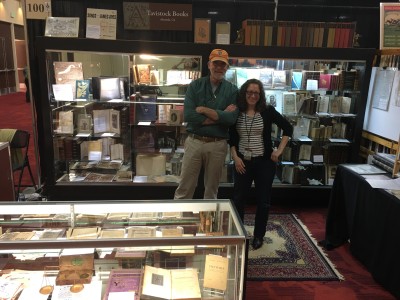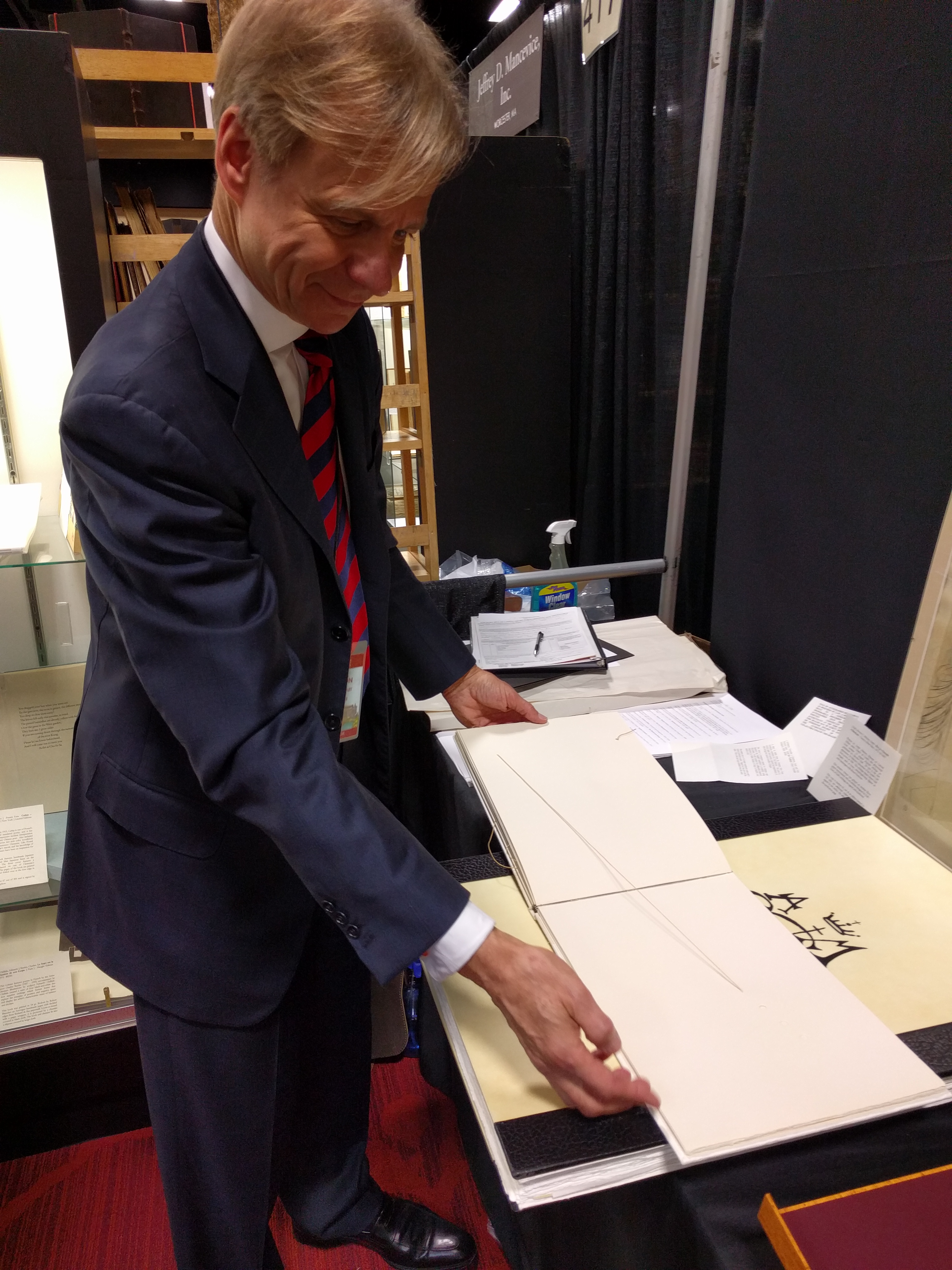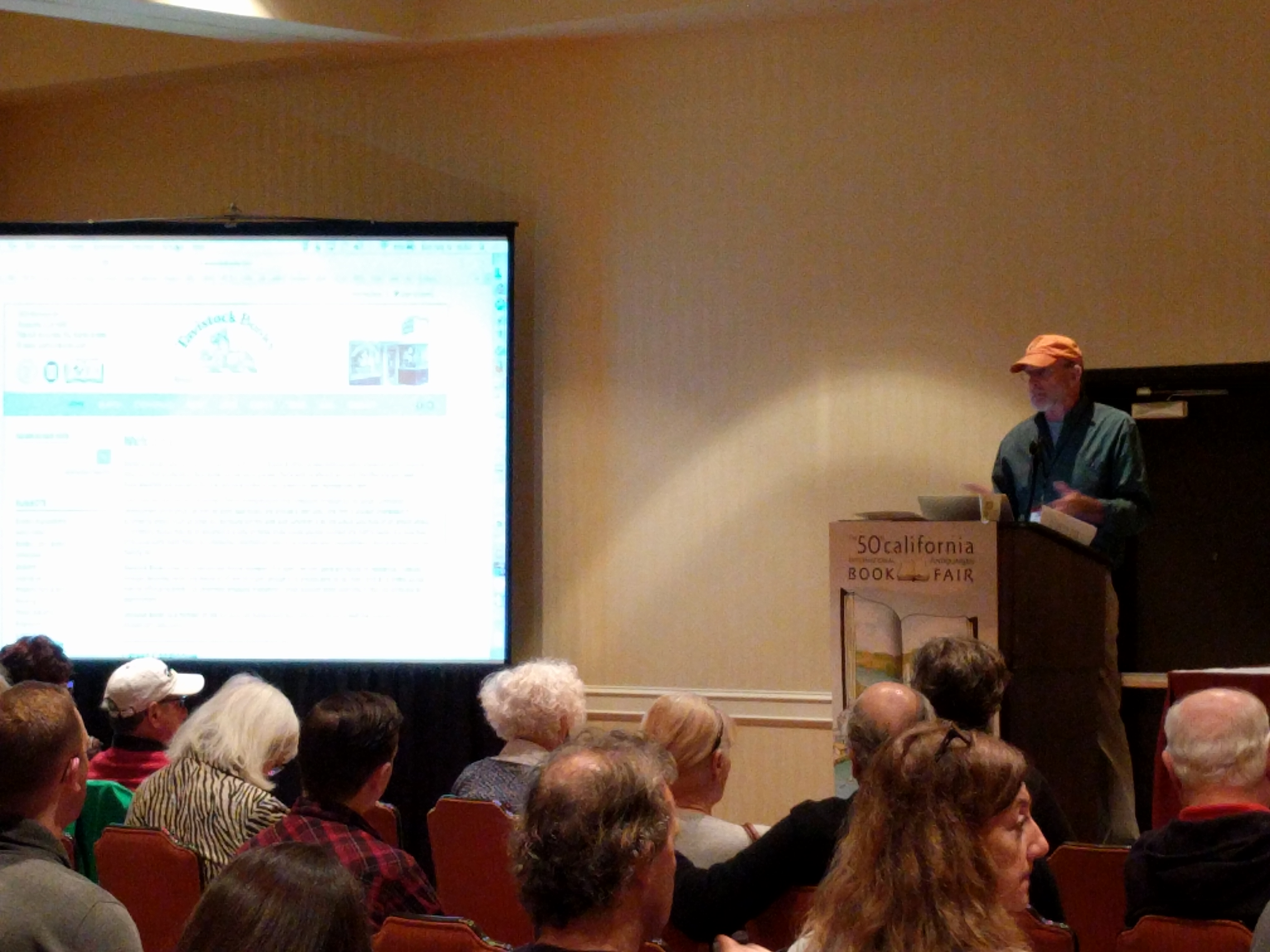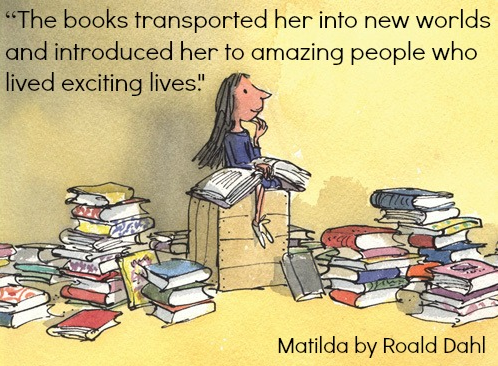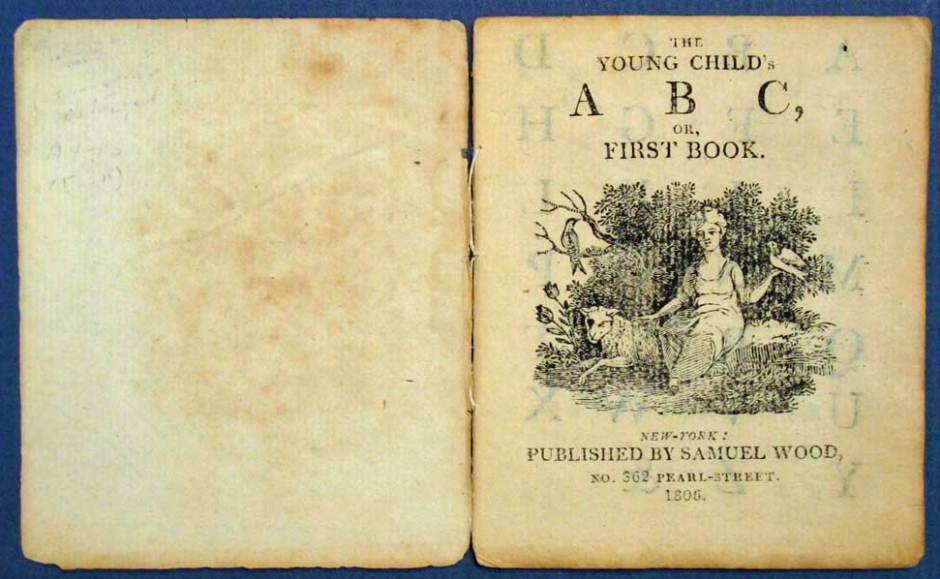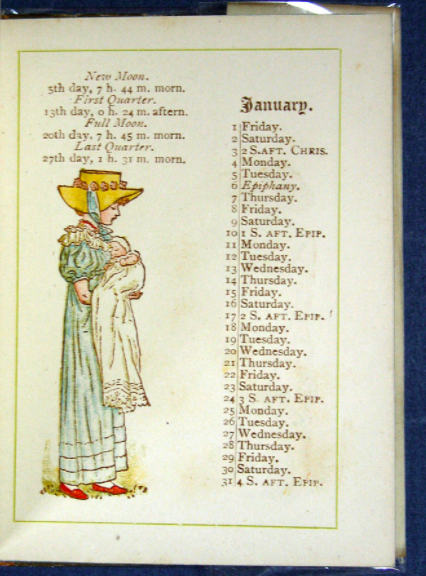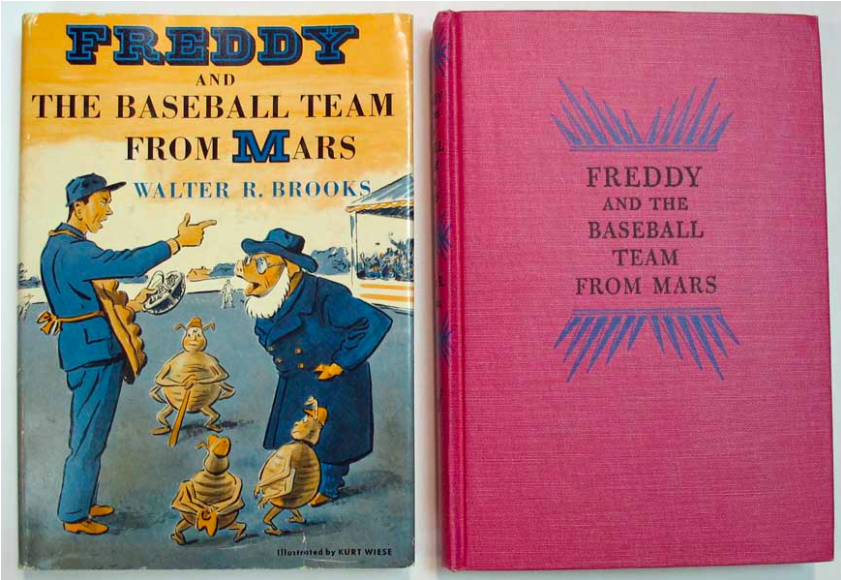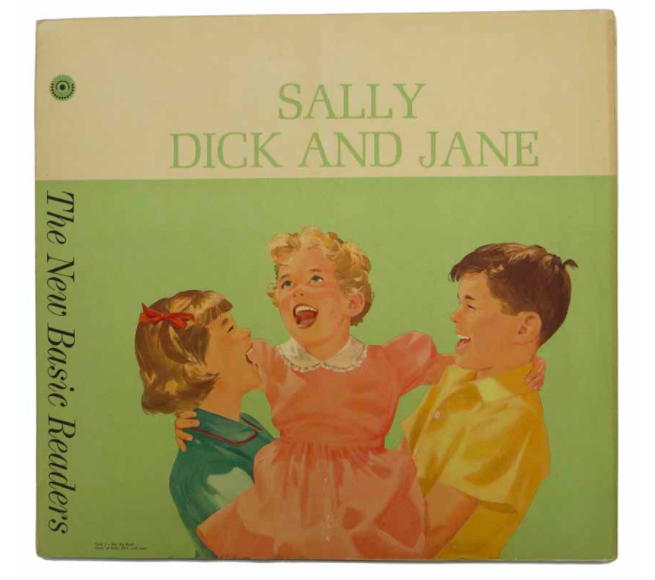
Here we present to you a (bit of a tongue-in-cheek) guide for buying Christmas gifts this holiday season… in an antiquarian fashion, of course!
1. Know your Subject.
Not your book subject, that is. We mean your audience, your gift taker, the subject of your love, attention and wallet. They may not be readers! (We hope they are, but in all fairness not everyone is as book obsessed as we are – you catch my drift?) If they are readers, you likely know the genre they prefer. If they aren’t self-professed bibliophiles, perhaps you can deduce what they might enjoy from their other interests. Are they political? Perhaps they might enjoy a set of pamphlets on Communism from the 1970s! Are they classicists? Well then perhaps a Dickens would suit them (given that you also provide a box of some wonderful Twinings tea along with it.) Get to know your subject, I mean friend, in an unconventional way!

2. Know your Books!
So you aren’t an expert antiquarian book hunter and gatherer… so what? That is what we booksellers are here for! Not only do we find exceptional items for our customers and even put together collections for them, but we are experts in our chosen fields. So what does that mean? Well, if you’re stuck pick up the phone and give us a call! It doesn’t hurt to ask the opinions of those surrounded by unique items every day.
3. Know your Budget.
We know, better than most, how easy it is to be lured to certain items in the antiquarian book world. A beautiful piece of incunabula catches your eye and BAM! Suddenly you have taken a second mortgage out on your house! (Just kidding. We hope.) But when it comes to gifts for others, it is always a good idea to think about how much that friendship is worth to you before beginning your search for that perfect item.

4. Know your Bookseller.
We booksellers are often elusive beings. For some, we exist on their computer when they order a book and it arrives (very well packaged, if it has been purchased from Tavistock Books) on their doorstep. But don’t just assume that when you order a book online it will come the way you want it. Feel free to do a bit of research on your bookseller! Go to their website, see where they are located… give them a call and ask about their shipping process or their opinion on your gift. We guarantee that not only will you have a better story to tell your gift recipient than “Oh, I found this online.” but you will also meet some spectacular bibliophiles in the process!
5. Enjoy the Process of Giving!
Don’t miss one of our favorite quotes by one of our favorite authors… “A day wasted on others is not wasted on one’s self.”
You thought we were going to go with a Christmas-y Dickens quote, didn’t you? We love to surprise!
Oh fine, and here’s this one just to warm the cockles of your bookish hearts…
“I will honor Christmas in my heart, and try to keep it all the year.”



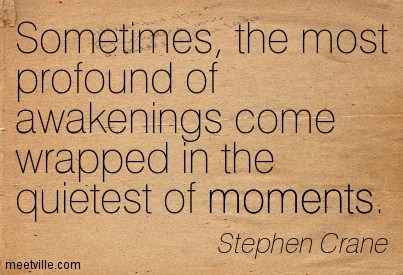
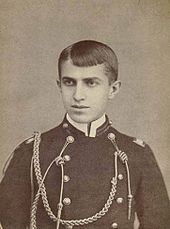 Crane was born on November 1st, 1871 in Newark, New Jersey, the 14th child (of only 8 surviving children) to a clergyman and daughter of a clergyman. Crane began writing at an early age, and when he was eight years old he wrote his first surviving poem – “I’d Rather Have A-” – a poem about wanting a dog for Christmas! One year later he began formal schooling and completed two grades within a six week period. Throughout Crane’s education he was a slightly erratic student, if intelligent and somewhat popular. This could be put down to the fact that by the time Crane was a teen, quite a few members of his family (his father and siblings) were dead – leading to a very different childhood than his classmates.
Crane was born on November 1st, 1871 in Newark, New Jersey, the 14th child (of only 8 surviving children) to a clergyman and daughter of a clergyman. Crane began writing at an early age, and when he was eight years old he wrote his first surviving poem – “I’d Rather Have A-” – a poem about wanting a dog for Christmas! One year later he began formal schooling and completed two grades within a six week period. Throughout Crane’s education he was a slightly erratic student, if intelligent and somewhat popular. This could be put down to the fact that by the time Crane was a teen, quite a few members of his family (his father and siblings) were dead – leading to a very different childhood than his classmates.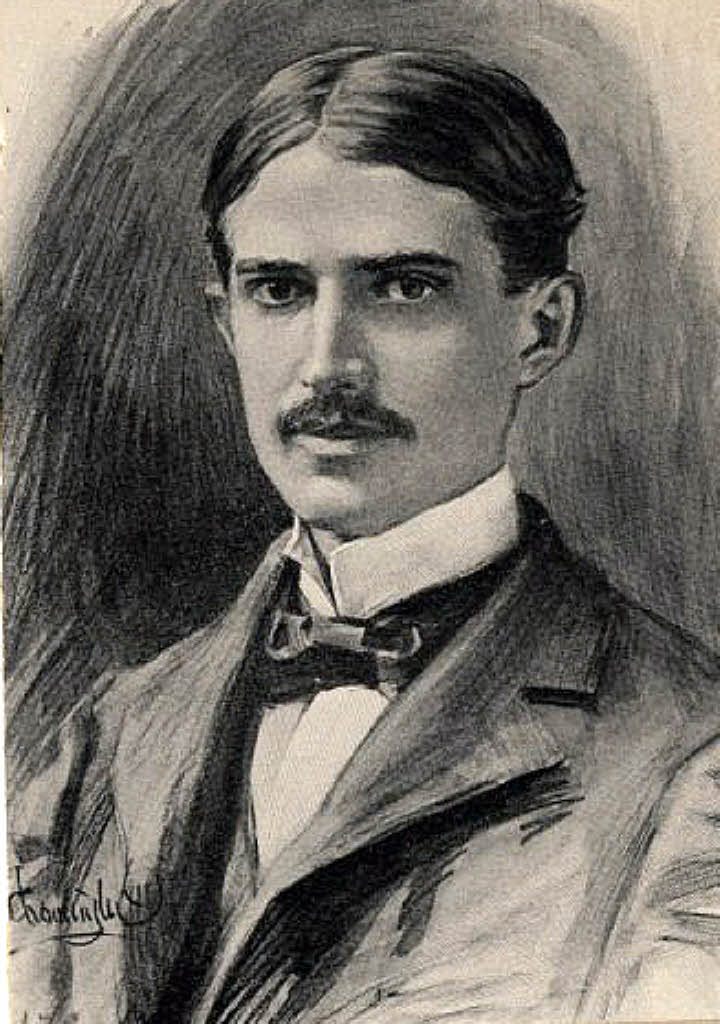 In 1893 Crane became frustrated with stories written about the Civil War, stating “I wonder that some of those fellows don’t tell how they felt in those scraps. They spout enough of what they did, but they’re as emotionless as rocks.” Crane decided to write an account of a soldier in the war, and began work on what would become The Red Badge of Courage, Crane’s most beloved work to date. His story would be different from his contemporaries – for he wanted desperately to present a “psychological portrayal of fear” by describing a young man disillusioned by the harsh truths of war. He succeeded and a year later his novel began to be published in serial form by the Bacheller-Johnson Newspaper Syndicate. It was heavily edited for publication in the serial, though it did begin to cause a stir in its readers. Crane then worked on a book of poetry, which was published to large amounts of criticism due to his use of free verse, not then a common convention. Crane was not bothered by its unpopular reception – he was instead quite pleased that the book made “some stir” and caused a reaction of any sort. In 1895 Appleton published The Red Badge of Courage, the full chapters, in book form – and Crane became a household name overnight. The book was in the “top six on various bestseller lists around the country” for months after its publication. It even became popular abroad and was widely read in Great Britain as well. Crane was only 23 years old at the start of his fame.
In 1893 Crane became frustrated with stories written about the Civil War, stating “I wonder that some of those fellows don’t tell how they felt in those scraps. They spout enough of what they did, but they’re as emotionless as rocks.” Crane decided to write an account of a soldier in the war, and began work on what would become The Red Badge of Courage, Crane’s most beloved work to date. His story would be different from his contemporaries – for he wanted desperately to present a “psychological portrayal of fear” by describing a young man disillusioned by the harsh truths of war. He succeeded and a year later his novel began to be published in serial form by the Bacheller-Johnson Newspaper Syndicate. It was heavily edited for publication in the serial, though it did begin to cause a stir in its readers. Crane then worked on a book of poetry, which was published to large amounts of criticism due to his use of free verse, not then a common convention. Crane was not bothered by its unpopular reception – he was instead quite pleased that the book made “some stir” and caused a reaction of any sort. In 1895 Appleton published The Red Badge of Courage, the full chapters, in book form – and Crane became a household name overnight. The book was in the “top six on various bestseller lists around the country” for months after its publication. It even became popular abroad and was widely read in Great Britain as well. Crane was only 23 years old at the start of his fame.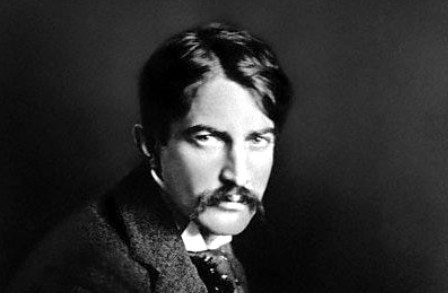 Crane became a war correspondent alongside Taylor in the Greek-Turkish War of 1897, and then the Spanish-American War in 1898.
Crane became a war correspondent alongside Taylor in the Greek-Turkish War of 1897, and then the Spanish-American War in 1898.
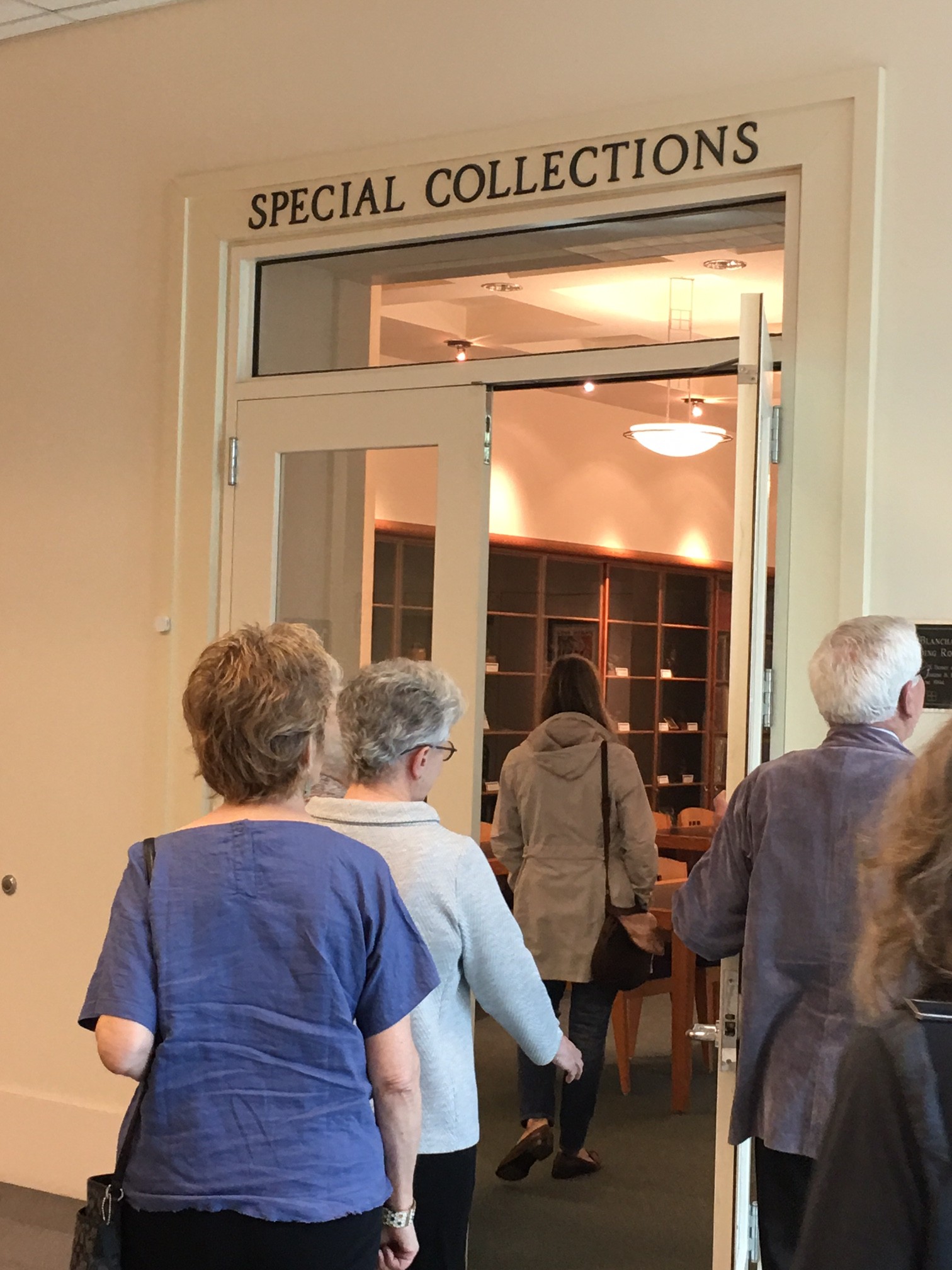
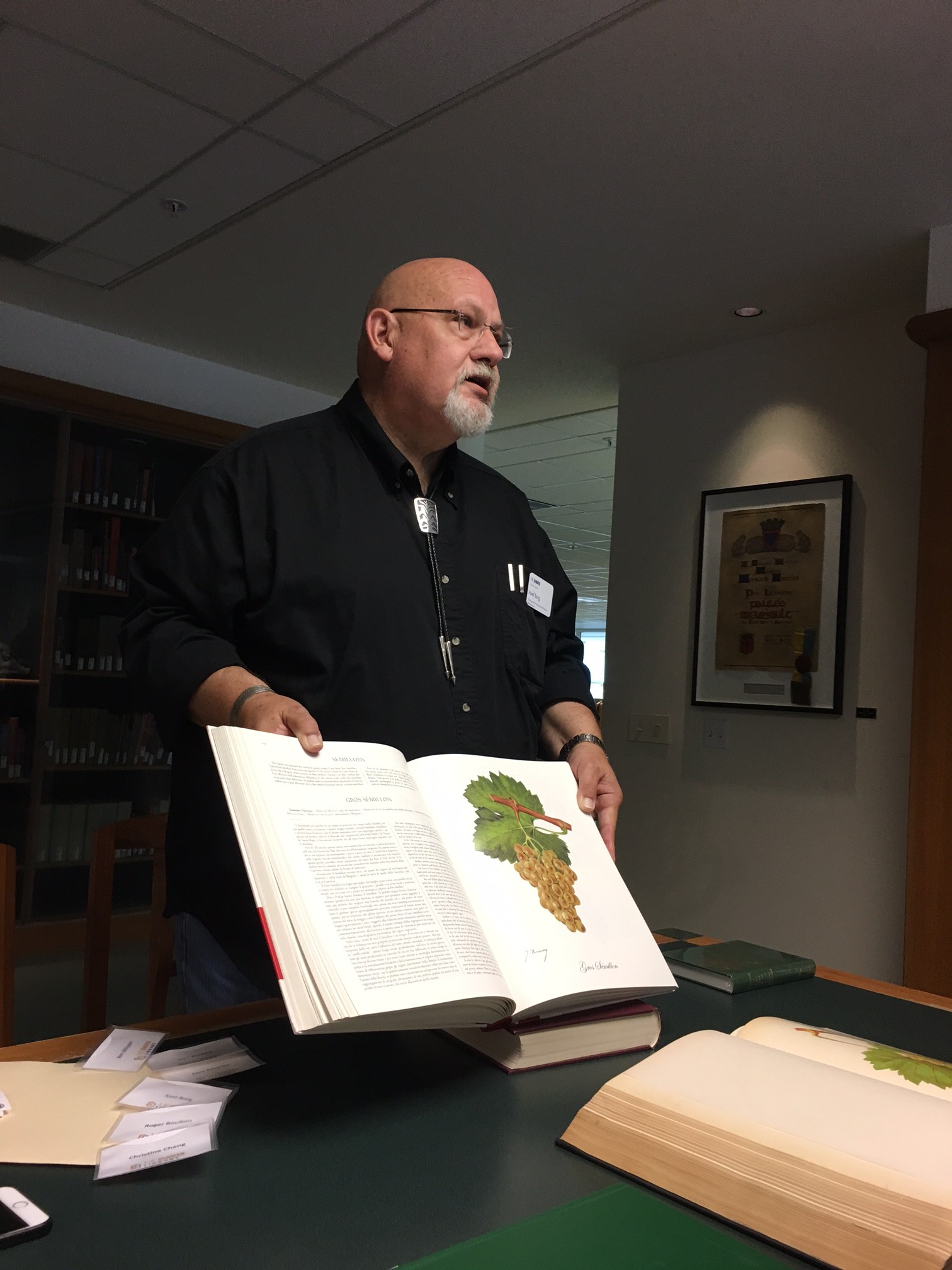 Yours truly, along with 14 other BCC members, on our
Yours truly, along with 14 other BCC members, on our  After giving us an overview of the collection, and its history, we eventually found our way to Special Collections, where Axel tantalized us with one interesting & fascinating item after another… here I wish I’d taken notes, for memory fails me as to most specifics, other than the 1287 deed for a vineyard land transfer & a cute little accordion miniature that on first blush appears to be a wine cork. That said, my fellow attendee, Anne Smith, did, however, take notes, so see her soon-to-be-published BCC piece for more specifics on the books Axel had at show-n-tell.
After giving us an overview of the collection, and its history, we eventually found our way to Special Collections, where Axel tantalized us with one interesting & fascinating item after another… here I wish I’d taken notes, for memory fails me as to most specifics, other than the 1287 deed for a vineyard land transfer & a cute little accordion miniature that on first blush appears to be a wine cork. That said, my fellow attendee, Anne Smith, did, however, take notes, so see her soon-to-be-published BCC piece for more specifics on the books Axel had at show-n-tell. Next on the agenda was a buffet lunch, which, given we were a willing captive audience, included a presentation on projects UC Davis has in the works… one is a interactive social map showing wine-related connections. Intriguing, to say the least. Another is the digitization & searchable compilation of wine price lists, et al. For food & drink historians, invaluable.
Next on the agenda was a buffet lunch, which, given we were a willing captive audience, included a presentation on projects UC Davis has in the works… one is a interactive social map showing wine-related connections. Intriguing, to say the least. Another is the digitization & searchable compilation of wine price lists, et al. For food & drink historians, invaluable.

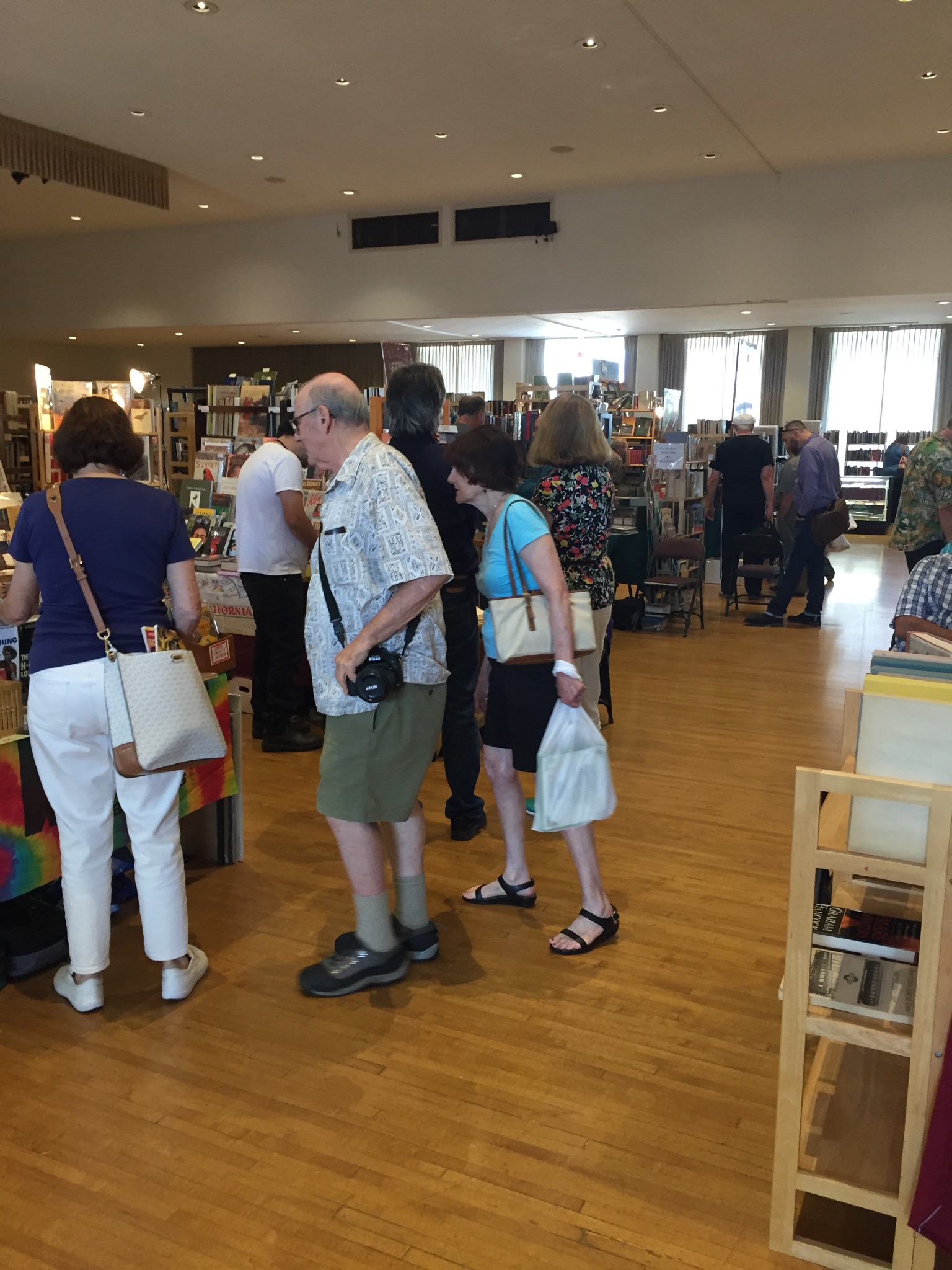

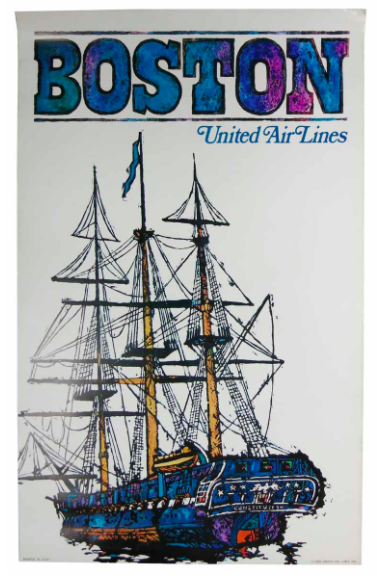

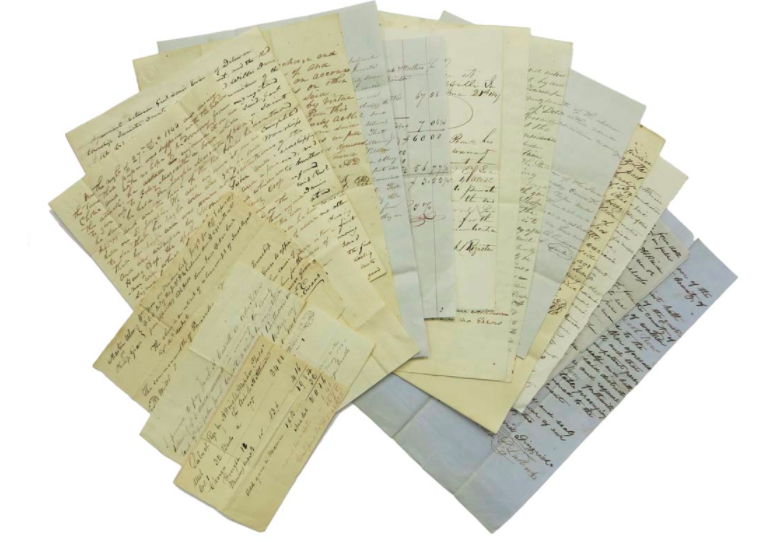
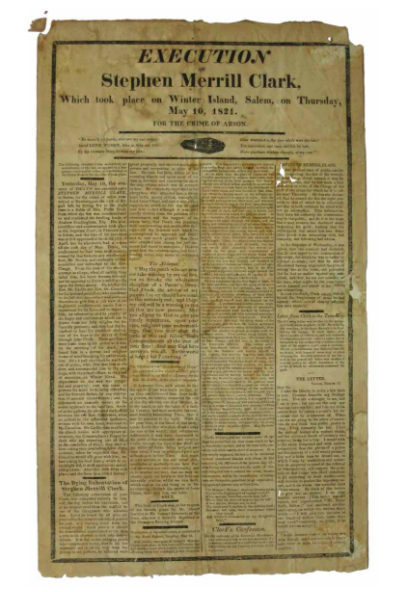
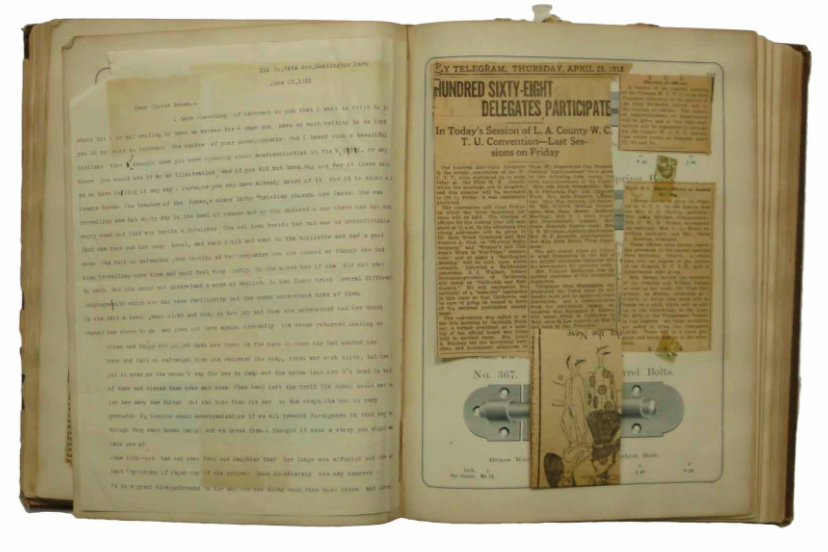

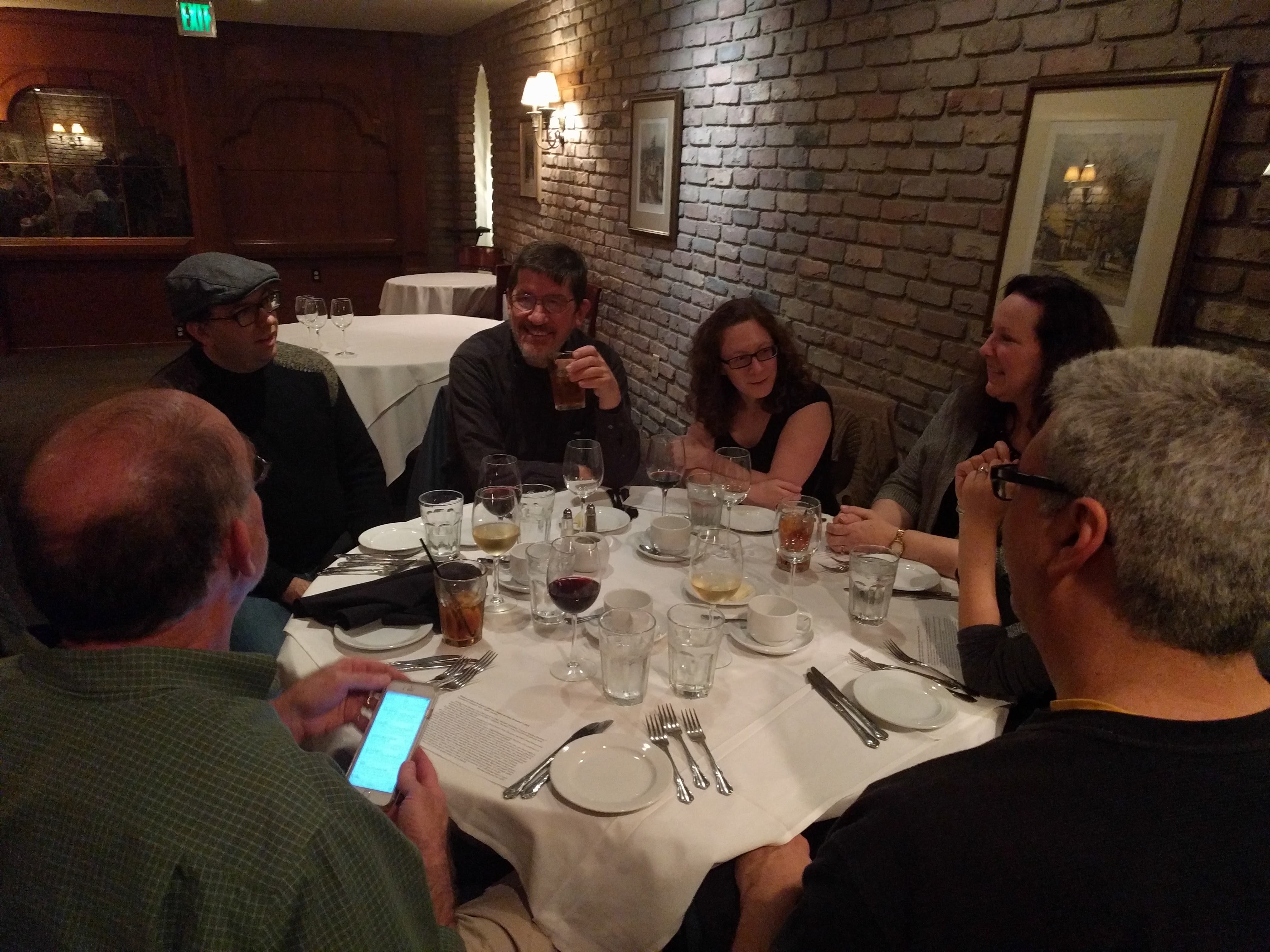
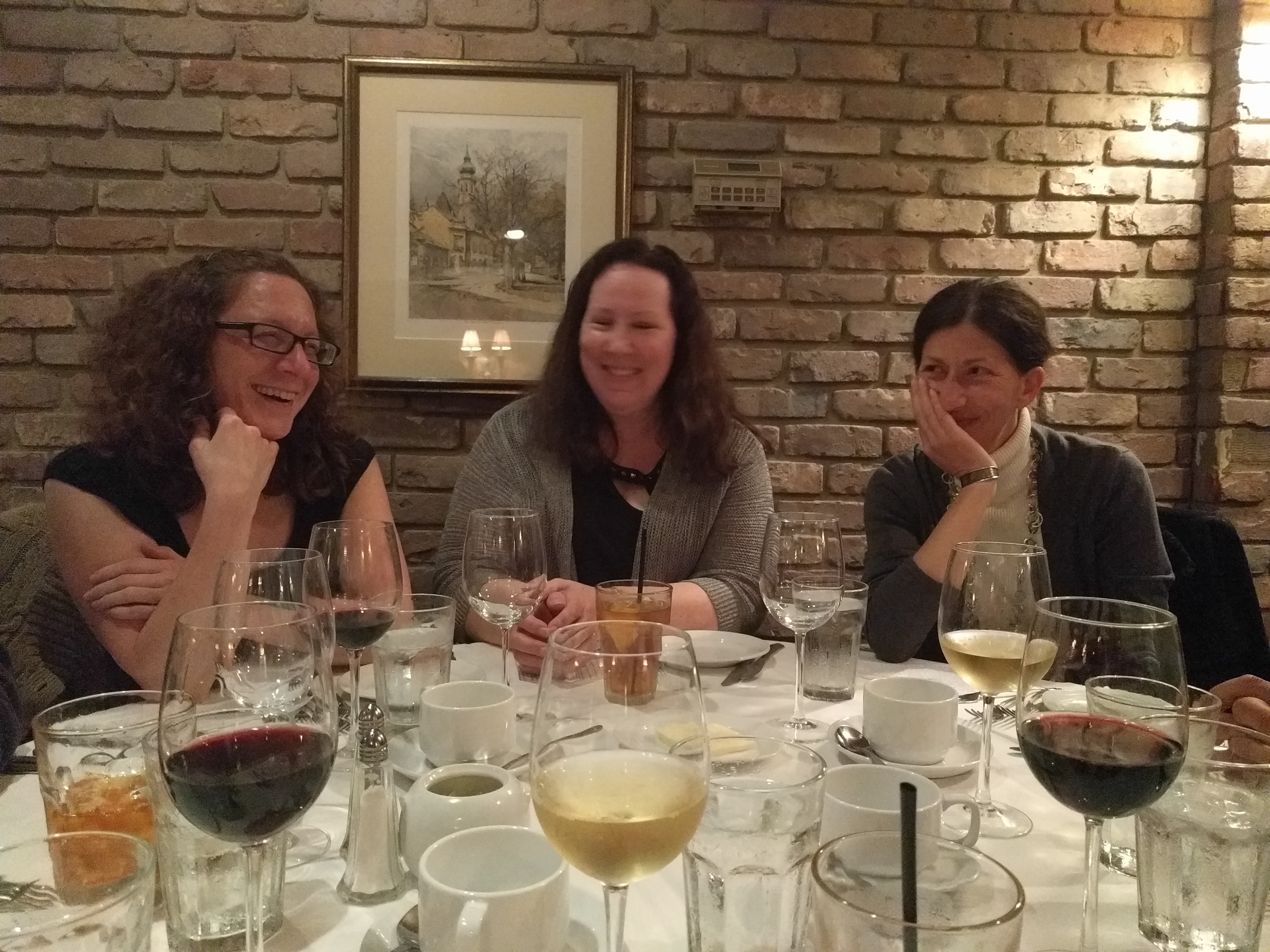

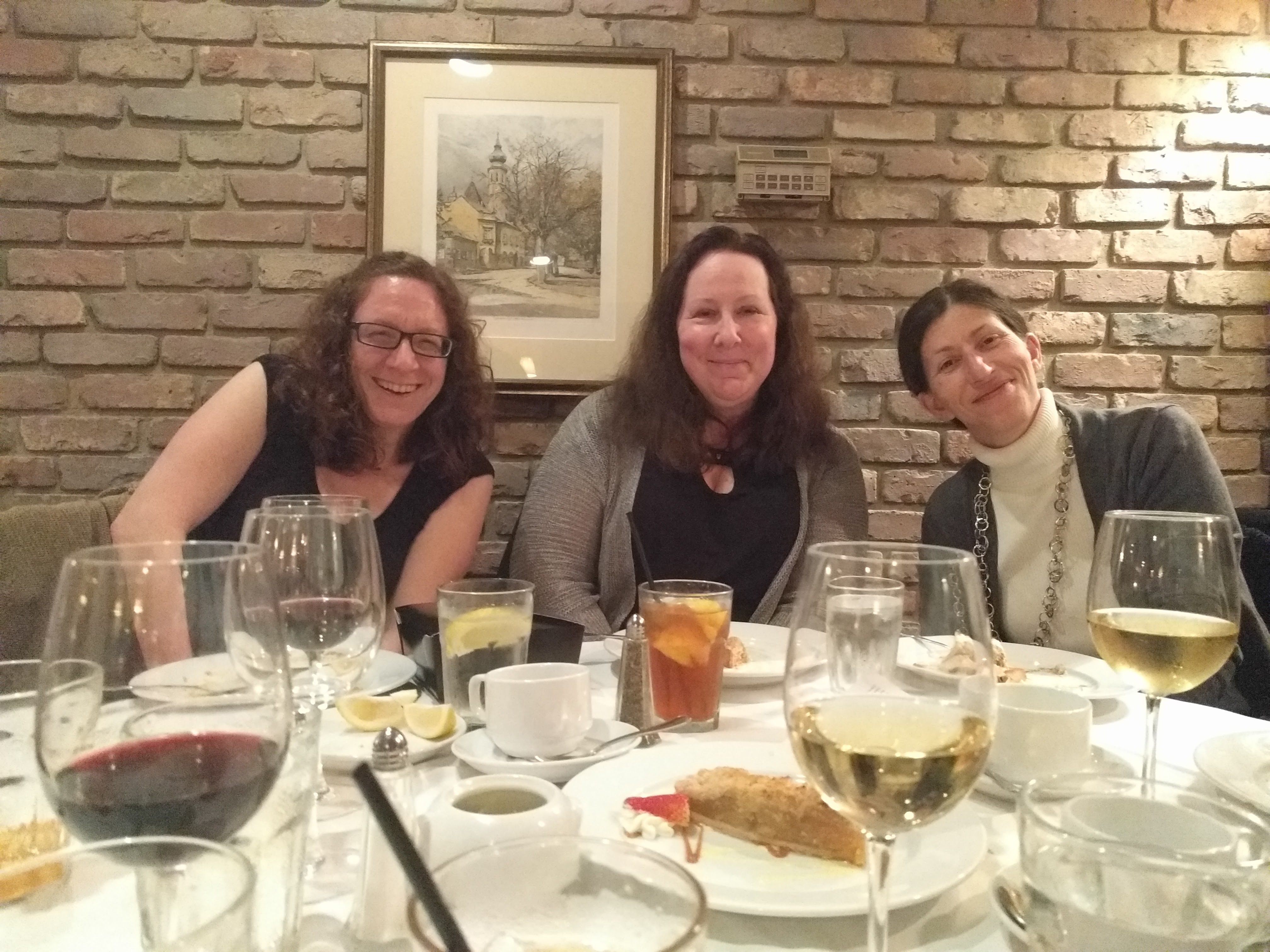
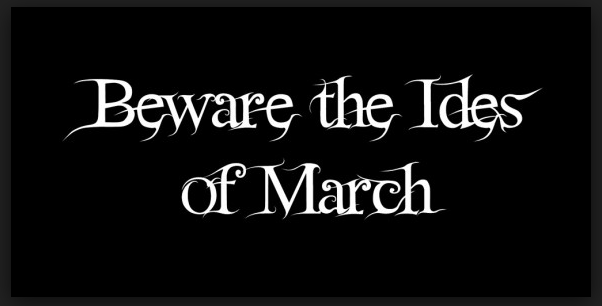
 Caesar was, according to legend, warned by a seer to “Beware the Ides of March”. This was followed by Caesar throwing it gently back in the seers face while on the way to the Theatre of Pompey in 44 B.C. on March 15th, when he joked that the Ides of March had come and nothing bad had happened, and the seer replied with “Aye, Caesar; but not gone.” – meaning that the worst was yet to come. Caesar was then assassinated by almost 60 conspirators led by Brutus and Cassius at the meeting of the senate – an event which sparked civil war and led to the creation of the Roman Empire and dissolution of the Roman Republic. Shakespeare, a master of creating phrases that live on in the minds of his audience, must have known that by dramatizing such a famous occasion he would be inducing a world of fear surrounding the 15th of March! But is there any truth to the fear? Well, take a look yourself! Here are what the Smithsonian deems the top 10 events in history that took place on March 15th that coincide with the fear of the day.
Caesar was, according to legend, warned by a seer to “Beware the Ides of March”. This was followed by Caesar throwing it gently back in the seers face while on the way to the Theatre of Pompey in 44 B.C. on March 15th, when he joked that the Ides of March had come and nothing bad had happened, and the seer replied with “Aye, Caesar; but not gone.” – meaning that the worst was yet to come. Caesar was then assassinated by almost 60 conspirators led by Brutus and Cassius at the meeting of the senate – an event which sparked civil war and led to the creation of the Roman Empire and dissolution of the Roman Republic. Shakespeare, a master of creating phrases that live on in the minds of his audience, must have known that by dramatizing such a famous occasion he would be inducing a world of fear surrounding the 15th of March! But is there any truth to the fear? Well, take a look yourself! Here are what the Smithsonian deems the top 10 events in history that took place on March 15th that coincide with the fear of the day. 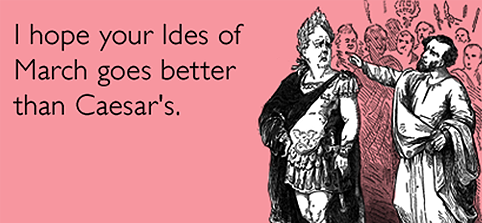

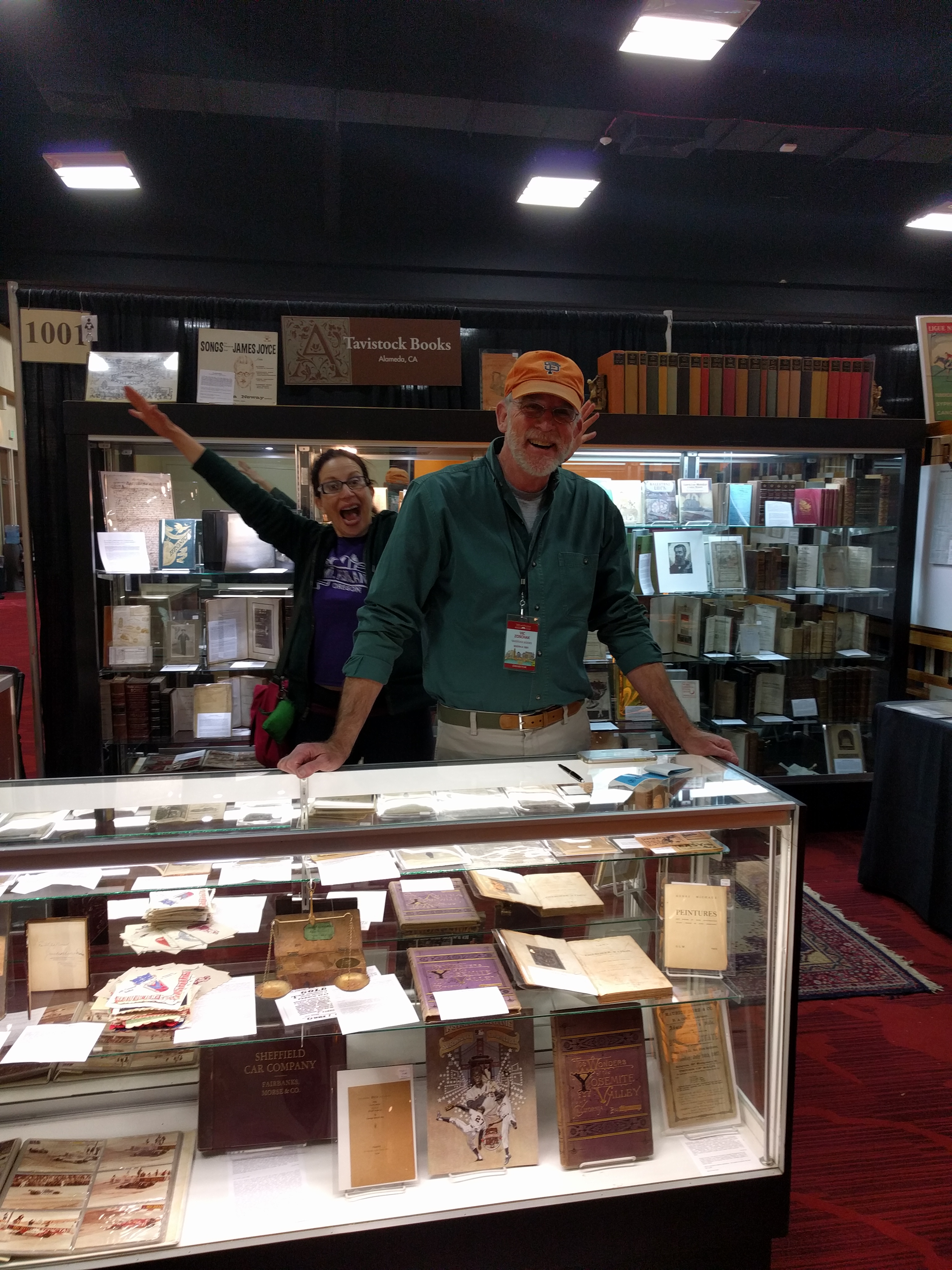 However, since I’m now attending the fair as an outsider, it is difficult for me to remark on certain aspects of interest to other booksellers and those attending other fairs around the country. In terms of attendance, I was there on both
However, since I’m now attending the fair as an outsider, it is difficult for me to remark on certain aspects of interest to other booksellers and those attending other fairs around the country. In terms of attendance, I was there on both 